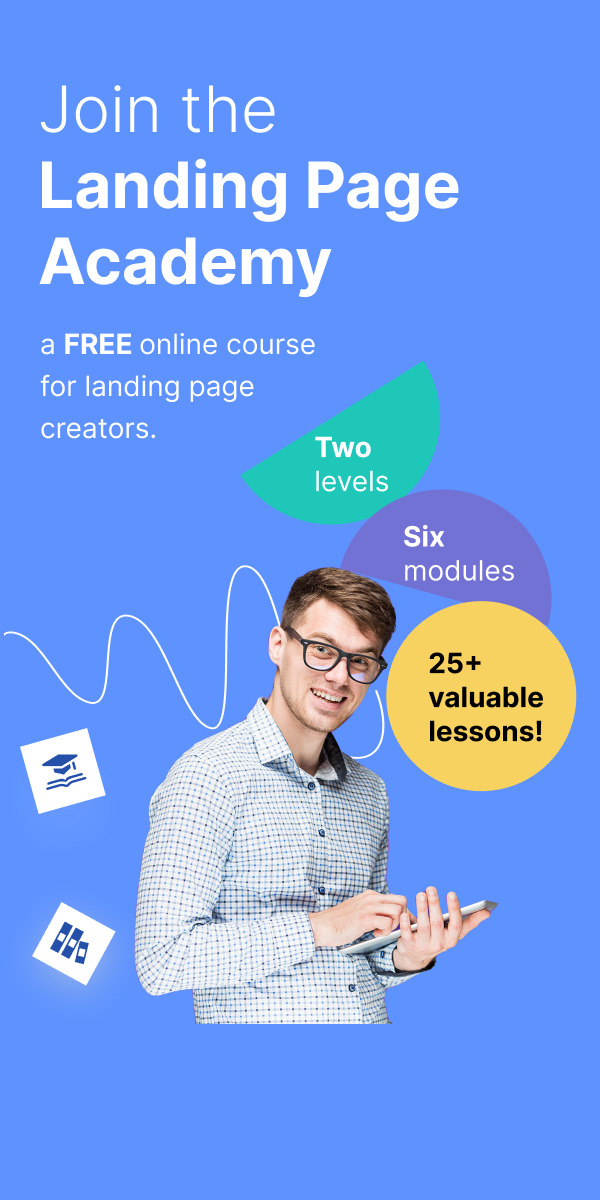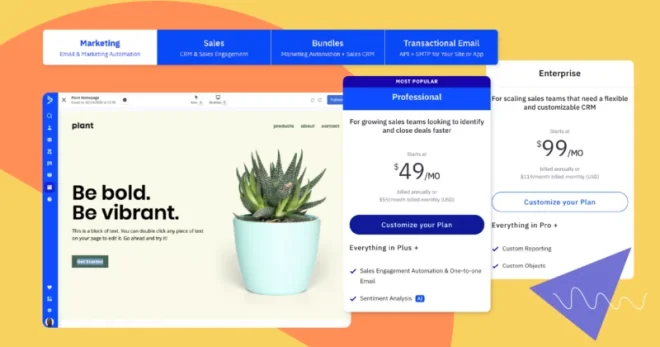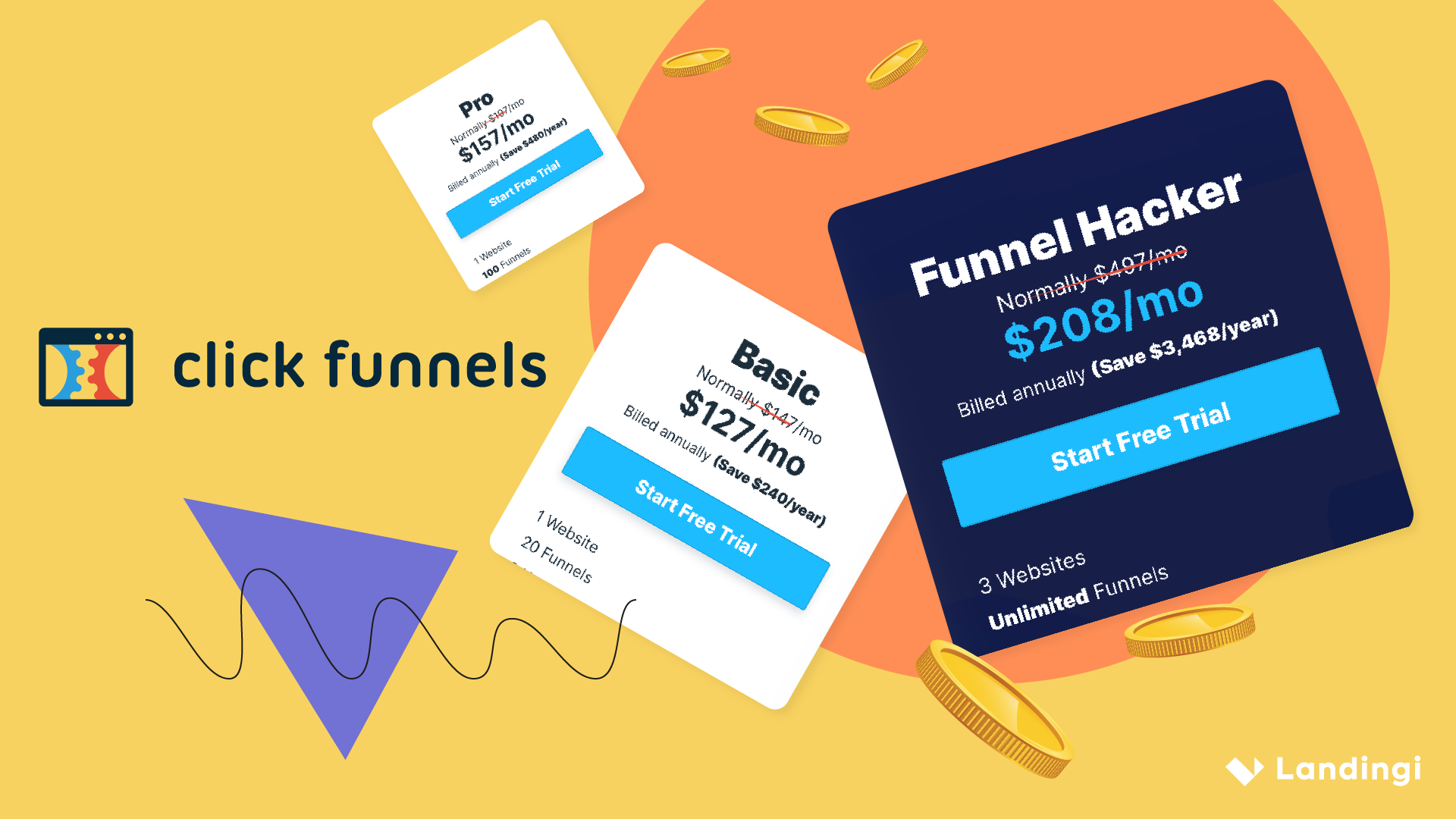Content plays a huge role in how well your business is doing and helps improve search engine optimization. Studies show 90% of consumers find custom content useful while also proving that content delivers three times more leads and costs 62% less compared to traditional marketing.
In order for your content to get through to your desired audience, it must be accurately targeted to them. It might seem simple, and you’ve probably heard of all the most common ways to do this. Some examples include sharing blog posts, videos, etc. These are popular ways of distriibuting content, but there are various ways to improve your content marketing.
Content distribution 101
Firstly, it’s important to explain what exactly content distribution is. It’s a term often heard about in the marketing field, and it basically means the act of promoting content to an online audience on different platforms through different channels and tools. There’s also many types of content you can distribute: blog posts, podcasts, infographics, case studies, social media posts, eBooks and more. Different industries and brands require different approaches to content distribution. Keeping the character of your channel in mind when deciding on the type of channels you’re going to use to distribute your content is also crucial.
Content is king, distribution is queen
You can create the best content in the world, but without a distribution strategy, it won’t generate leads or reach any potential customers. Content distribution helps you attract the type of clients that are actually interested in your brand. A stable strategy enables you to build a strong relationship with your target audience.
Where do you start?
Before you get started on your strategy, consider who your target audience is. This will help you determine the best channels that will resonate with the audience. Pay attention to what your audience enjoys and is sharing. Social listening is essential in this process. Create a content plan and then start choosing your external distribution platforms according to your needs. Follow a content plan template if you don’t know where to start.
Content distribution channels
There are three types of content distribution channels: owned, earned and paid media. All of them provide different results and expect you to consider your target audience in order to get the best results. They also require different levels of effort.
Owned content distribution includes blog posts, webinars, eBooks, presentations, videos, newsletters, demos or any owned podcasts. This type of distribution is more time consuming, and you typically reach only a small audience, but it’s more direct and personal. Paid media is based on advertising with its focus on influencer marketing, retargeting, display ads and social media ads. External content distribution networks and tools give you fast results and reach a wider audience. They all have different requirements and are fitted to specific brands, but most of the time they provide the best results.
Gated content
Around 80% of B2B content marketing assets are gated. It’s used to generate leads and attracts only those who are genuinely interested in your product or service. Gated content is used for online materials like articles, videos, posts or eBooks, and it requires users to fill out some piece of information (usually their name and email address) before they can access them. It’s an effective way to see what helps in getting more customers or what type of materials are the most appealing to your target audience. Some content distribution platforms use social media for gated content, and it’s proven to be successful. 81% of marketers agree that interactive content (gated content) attracts more attention than static content. It’s also important to note that this type of content should be premium – it will make it more attractive to users and a lot more shareable because of its value.
PayByShare
This distribution platform enables getting shares on social media (Twitter) in return for access to a piece of content. The mechanism is getting something back for performing some action on a website (aka gated content). It requires minimal effort from the user’s side which is why it’s more likely to be used. The tool also detects fake accounts which gives it a higher success rate. PayByShare is based on three steps:
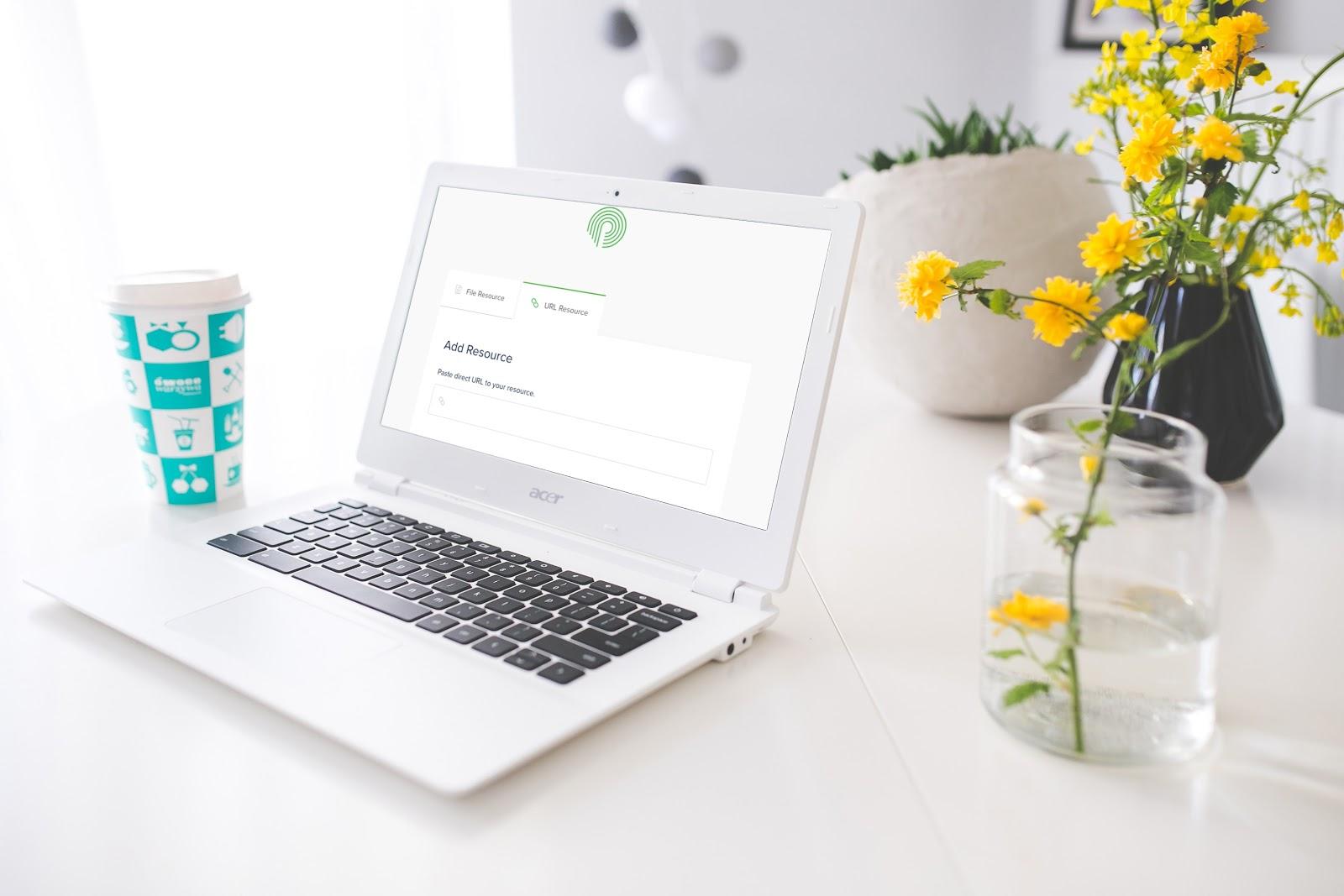
- Collecting leads – spreading your landing pages on social media and letting users pay by share for downloads; collecting their data- profiles, geo data and estimating potential reach.
- Analysing – analysing the performance and success rate of your campaigns as well as checking the number of downloads, social media reach and the most helpful, influential users.
- Building relationships – final result: generating leads. This requires further nurturing them and turning them into your customers.
Landingi is an excellent tool for creating landing pages. The platform doesn’t require any programming or tech skills. It automatically provides a builder that gives you ready-to-use templates, dropdown menus and tools that help you customise your landing page. It’s as easy as just clicking, copying and pasting.
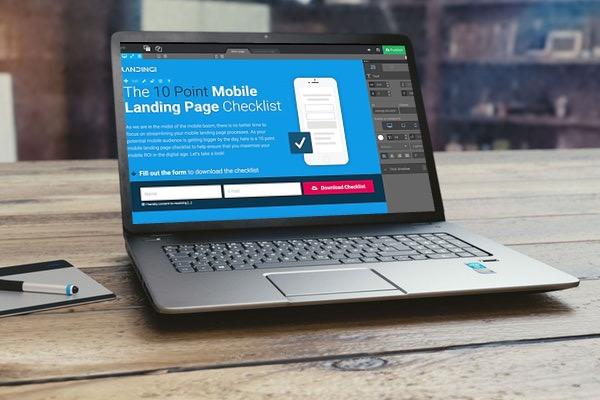
Here’s a simple step-by-step tutorial on how it works:
- Create and customise your landing pages.
- Publish them.
- Manage your generated leads.
- Automate all key tasks.
- Analyse and optimise.
By creating a landing page dedicated to a piece of premium content, you let your audience focus on one thing – accessing content. You should briefly explain the benefits of getting familiar with a given eBook, video etc. In exchange, you can acquire information like e-mail address.
Check out the latest trends for landing pages: https://landingi.com/blog/lp-design-trends-that-will-dominate-in-2019
Social media management and distribution tools
One of the best distribution channels can be social media, for it gives many possibilities of reaching target groups. Not only because it’s important to inform your followers about new content on your blog, but also to get to new readers by paid campaigns. Use social media to post several times about one valuable piece of content, but try out few forms of posts while doing it. Moreover, redistribute your content after a while to drive traffic to it again (just make sure that it’s updated).
Kontentino allows you to schedule posts ahead of time all in one place for different social media profiles. It also helps with team productivity and communication since it allows you to message teammates directly from the calendar level as well as assign tasks. Another considerable advantage of this tool is that it enables seamless contact with clients without having to send hundreds of emails and spamming their inboxes. It can be beneficial, especially if you work in a bigger team where everyone has different responsibilities. The tool also makes content distribution quicker, easier and much more efficient. It’s basically a content distribution life hack.
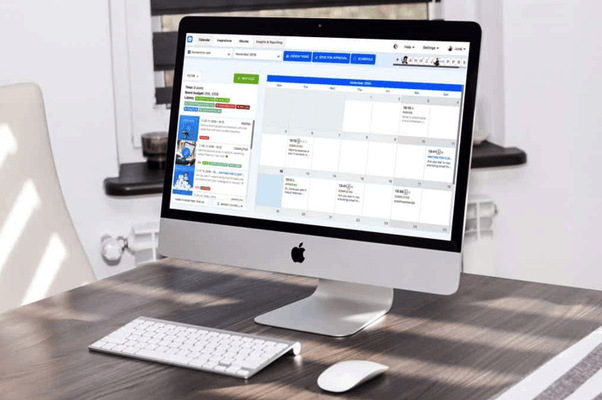
Rocketlink is a platform that enables you to add retargeting pixels to any link you share. Anyone who clicks on your link will turn into the custom audience. It’s basically a URL shortener that lets you include retargeting codes in any link you share. The mechanism goes like this:
- First, you choose a link you’d like to share. Any piece of content, from blog posts to videos, can be selected to share with your audience.
- Next, you must enhance the link and share: add your CTA pop-ups, remarketing pixels or any custom elements that will track and retarget your audience on ad platforms such as Google Ads, Facebook, Twitter, LinkedIn, Pinterest or even Quora.
- The final step is to retarget those who clicked: you can create custom audiences in multiple ad platforms based on those who clicked on your links. Try to reach your target audience that is actually interested in what you have to offer. A good idea is to also retarget users from Facebook groups or other social media communities.
Via RocketLink you can also add to links you share a pop-up with redirection to your blog, so that you can use respected publishers for your content distribution. Remember only that the context of both pieces of content should be contextual.
Instagram bio
Instagram is a platform with many possibilities. Some content distribution tips include posting stories, posts and live videos. Although these are great ways to promote visuals like graphics and videos, they aren’t the best for link sharing. In posts, links aren’t active, and in stories, you can only add links if you have over 10,000 followers.
It’s common to see people use the phrase “link in bio”. It gets annoying after a while – there are plenty of different ways to approach this. One is to create a dedicated Instagram landing page to redirect your visitors there and provide additional information or generate leads.
A tool called Tap Bio actually allows you to create a mini website with text, images and CTA buttons. When a user clicks on your bio, he or she will be redirected to a page with other clickable links. You can customise it for every new blog posts and inform your followers about it in your stories or posts. It’s a convenient tool for active Instagram users!
LinkedIn groups
With LinkedIn, it’s best if your brand relates to the business field. Most people on LinkedIn use it to find specific brands or companies that have something to do with their lifestyle. Use groups to share your content with those that will most likely click on your links or posts. Additionally, it’s a great place to ask for a feedback about your products.
Messenger
Chatbots have become extremely useful customer service tools. They provide fast, personalised answers to clients’ questions. They also allow you to share content that is relevant to the asked questions or you can use them as a newsletter platform instead of using emails for this purpose. One of the best features of chatbots is that they allow you to send customised content based on the customer’s location, which is great for tourism marketing. A new, rising feature is the comment-to-messenger function that encourages your followers to leave a comment and promises valuable content in exchange. This is a form of organic content distribution and it increases your reach.
Visuals
With content distribution, you can’t forget about visuals. Without them, content can be quite unattractive and boring. Graphic representations of information or data are clear and quick to read. They improve user cognition since they enhance the human visual system’s ability to see trends and patterns.
Some helpful tools for creating visuals are:
The perfect easy-to-use tool that offers great features to create engaging content that gets views and shares. You don’t need any design or tech skills to create visuals on this platform. They even offer many ready to use templates. It always comes in handy and shouldn’t be ignored!
A graphic design software that allows you to create visual content. They offer thousands of templates and features to choose from. Everything is also customisable.

Biteable is a video maker tool that will make your content level up. Videos catch users’ attention, especially if they’re short and get to the point with attractive graphics. They offer many beautiful templates. The tool also requires zero experience in video editing and can be used by those without any knowledge about creating visuals.
Infographics and animations can be a huge help in content distribution on social media as they are more appealing and can give your audience a sneak peek to your content.
Conclusion
Your shared content should give value to your target audience. Content distribution consists of using different channels, networks and strategies.

